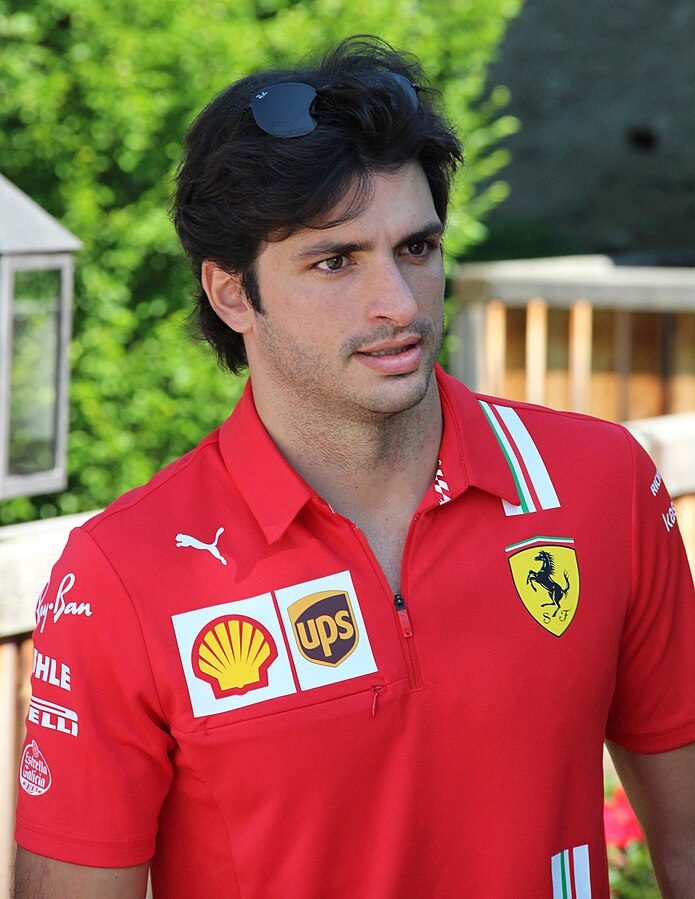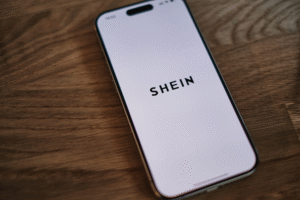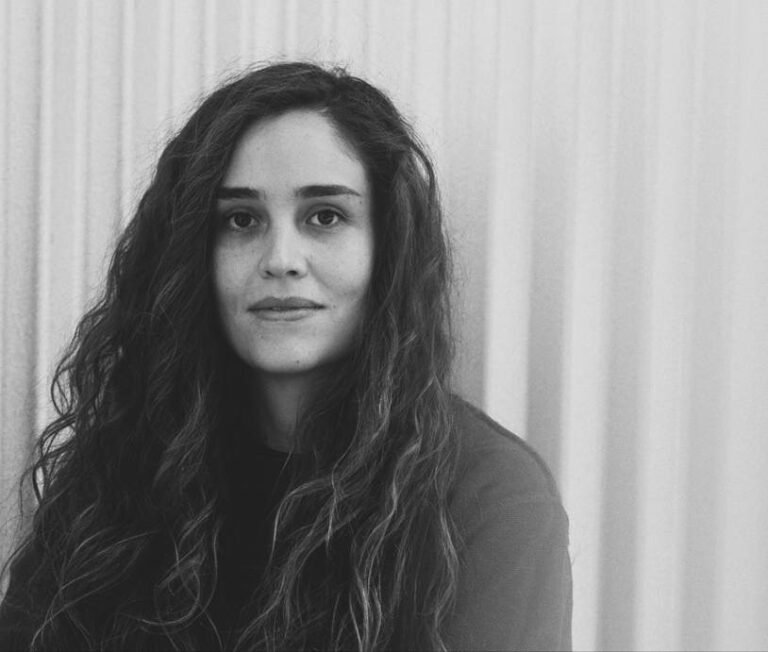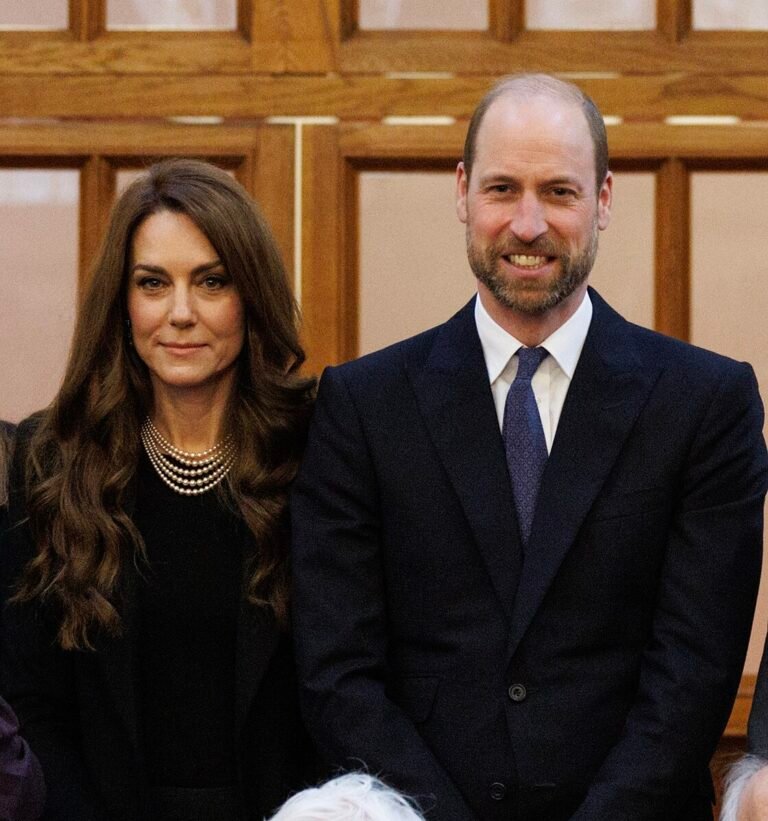Carlos Sainz has entered a key role in Formula 1, as a director for the Grand Prix Drivers’ Association (GPDA). The Spanish driver, fresh from switching to Williams from Ferrari, takes up the role that was vacated by four-time world champion Sebastian Vettel. With Vettel retiring from F1 at the end of 2022 and stepping down from his GPDA responsibilities last year, Sainz now takes on the task of representing his fellow drivers at a crucial time for the sport.
Showing his excitement in an Instagram post by the GPDA, Sainz said, “I am passionate about my sport and believe we drivers have a responsibility to do all we can to work with the stakeholders to advance the sport in many ways. So I’m very happy and proud to do my part by assuming the directors’ role in the GPDA.”

Sainz is part of the leadership group comprising chairman Alex Wurz, Mercedes driver George Russell, and legal specialist Anastasia Fowle. Sainz’s appointment was greeted by Wurz, who noted his active presence with the GPDA throughout the years. “We are pleased to welcome Carlos as a GPDA director. He has been an active and interested member of the GPDA for some years, and we really value his commitment in taking on this important role,” Wurz stated.
GPDA has been actively involved in F1 since it was established early in the 1960s, with their major concern having always been about safety. Possibly its most noticeable achievement has been to push the ‘halo’ headguard system into effect in 2018. Skeptical of it at first, the halo has now conclusively demonstrated that it is needed and has successfully protected several drivers from serious or worse injuries after crashes at great speed.
Yet, in recent years, the GPDA has also grown its reach beyond safety, frequently clashing with FIA president Mohammed Ben Sulayem, who assumed office in 2021. The tension between the drivers and the governing body has increased due to some of Ben Sulayem’s controversial measures.
One of the latest controversy arose from the FIA’s move to make formal a rule under which drivers would be subjected to race bans if they used profanity. Uncertainty over the enforcement of this rule raised eyebrows, with most questioning its need and application. World rally driver Adrien Fourmaux was the first driver to be punished under this rule, as he was fined €10,000 for using profanity in a TV interview at Rally Sweden.
Sainz has come out strongly against the harshness of these punishments, even suggesting that while drivers are encouraged to be professional in media engagements, punishing them with possible race bans is disproportionate. His views are in line with the general mood among members of the GPDA, who have been resisting what many perceive as draconian and excessive controls.
In November last year, the GPDA stood its ground by writing an open letter to the FIA, calling on the organization to treat drivers as professionals and not resort to what they termed as disproportionate sanctions. The letter particularly condemned fines as an inappropriate form of sanctioning and called for better transparency about how these fines were spent. To this day, the FIA has not given these issues attention.
The frustrations of the drivers with the governing authority extend beyond language policies. Other contentious initiatives have been brought under Ben Sulayem’s rule, such as enforcing a blanket ban on jewelry in racing. Although presented at first as a safety directive, the action has been largely perceived as an unwarranted intervention, and the tensions between the FIA and the drivers are further heightened.
Another hot button during this continuing disagreement emerged in September when Max Verstappen was instructed to “do some piece of public good” after taking an oath with a profane word during a formal news conference at the Singapore Grand Prix. The GPDA viewed this as an overextension and an example of an unsolicited trend in micromanaging driver conduct. Most in the paddock sense that these sorts of actions betray the professionalism of the sport and take away from more important items that require remedy.
As Sainz assumes his new position in the GPDA, his skill at managing these challenges will be essential. His willingness to speak up on important issues and advocate for equitable treatment of drivers may determine the future of their relationship with the FIA. With a combination of experience, passion, and a strong voice in the paddock, Sainz is well-positioned to be a key player in fighting for his fellow competitors.
As the GPDA continues to work toward its historical mission of elevating safety measures, its increasingly prominent role in matters of more general governance heralds a transition of its presence within the sport. With Sainz added to the organization’s leadership circle, the body will most assuredly continue pushing for reforms focused on drivers’ health and treatment that ensure that F1 still presents an enticing and dynamic spectacle.
As the season goes on, the back-and-forth between the GPDA and the FIA will be one of the most compelling narratives to follow. Whether or not the governing body will be open to hearing the complaints lodged by Sainz and his fellow drivers is yet to be determined, but this much is certain: the drivers are set on being heard, and their new director is up for the challenge.












